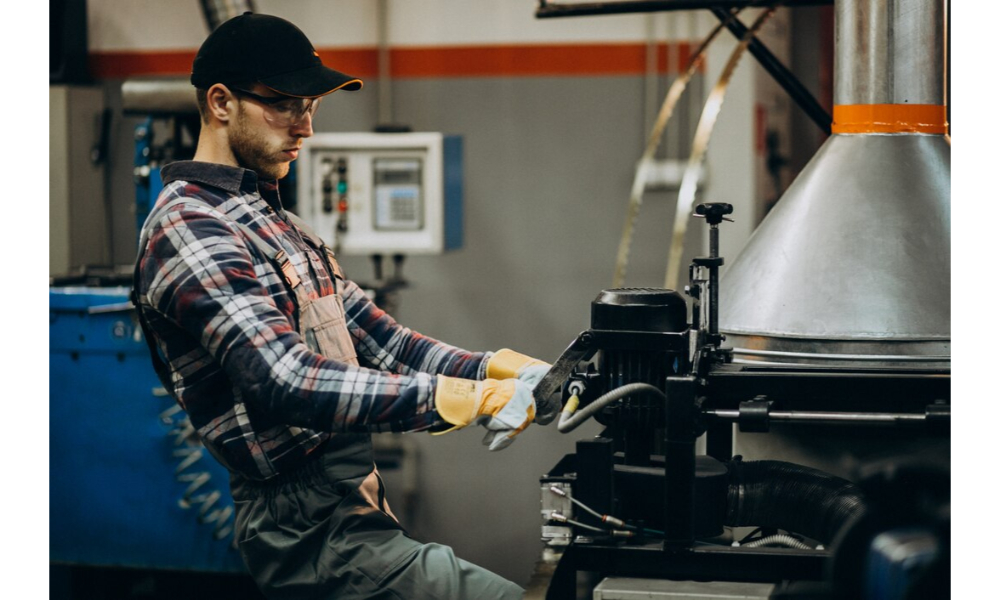O-rings are essential components in hydraulic equipment. They are small, circular seals designed to prevent fluid leakage. These rings play a crucial role in ensuring the proper functioning of hydraulic systems. Without them, seals would fail, and hydraulic equipment would experience performance issues. O-rings are placed in grooves where they compress under pressure to form tight seals. This simple yet effective design enhances system reliability and safety.
The Functionality of O-Rings in Sealing Hydraulic Systems
In hydraulic systems, maintaining pressure is critical. O-rings help achieve this by sealing connections between different parts. When pressure builds within the system, O-rings prevent fluid from escaping. Their flexibility allows them to adapt to the shape of the grooves they sit in, creating an airtight and leak-proof seal. This functionality is key to the efficiency of hydraulic systems, as even minor leaks can lead to performance degradation.
O-Rings in Hydraulic Equipment Efficiency
Hydraulic systems depend on precise control of fluid pressure. O-rings enhance this control by ensuring the seals remain intact under high-pressure conditions. They contribute to the overall efficiency of hydraulic systems by reducing the risk of energy loss through leaks. A secure seal means that the hydraulic fluid can perform its intended task without interruption, leading to smoother operation and less frequent maintenance.
Material Selection for O-Rings in Hydraulic Applications
Not all O-rings are made from the same material. The material selection for O-rings is critical, as it determines their ability to withstand pressure, temperature, and the type of fluid being used in the hydraulic system. Common materials for o rings include nitrile, Viton, and silicone. Nitrile O-rings are popular due to their resistance to petroleum-based fluids, while Viton O-rings excel in high-temperature environments. Choosing the right material ensures that O-rings perform optimally in specific hydraulic applications.
Impact of O-Rings on Preventing Leaks and System Failures
Leaks in hydraulic systems can cause severe damage, resulting in costly repairs and downtime. O-rings play a direct role in preventing such leaks by forming a tight seal between parts. They are designed to withstand the forces exerted by hydraulic fluid, which can otherwise lead to failure at connection points. A well-maintained O-ring prevents not only leaks but also system failures, ensuring that hydraulic equipment operates as intended over extended periods.
O-Rings and Their Contribution to Hydraulic Equipment Longevity
The longevity of hydraulic equipment is closely tied to the quality and condition of the O-rings used within the system. Properly functioning O-rings reduce wear and tear on system components, preventing premature failure of critical parts. By ensuring that seals remain intact, O-rings minimize the need for repairs, extending the lifespan of hydraulic equipment. Regular inspection and replacement of O-rings can further enhance the durability of the equipment.
Conclusion
O-rings are indispensable components in the performance of hydraulic equipment. They provide vital sealing functions that enhance efficiency, prevent leaks, and contribute to the overall longevity of hydraulic systems. Proper material selection and regular maintenance of O-rings ensure the optimal functioning of hydraulic equipment. As a result, O-rings play a fundamental role in maintaining the smooth operation of hydraulic systems across various industries.



